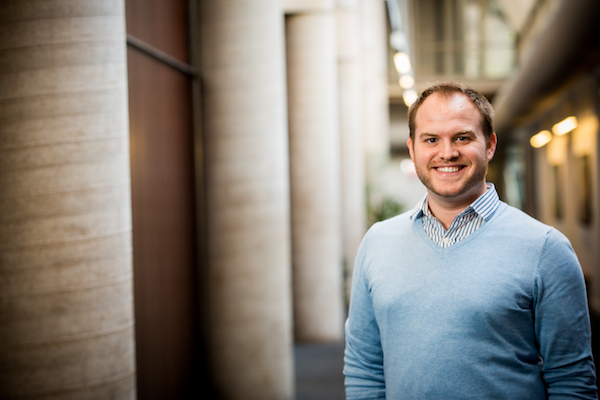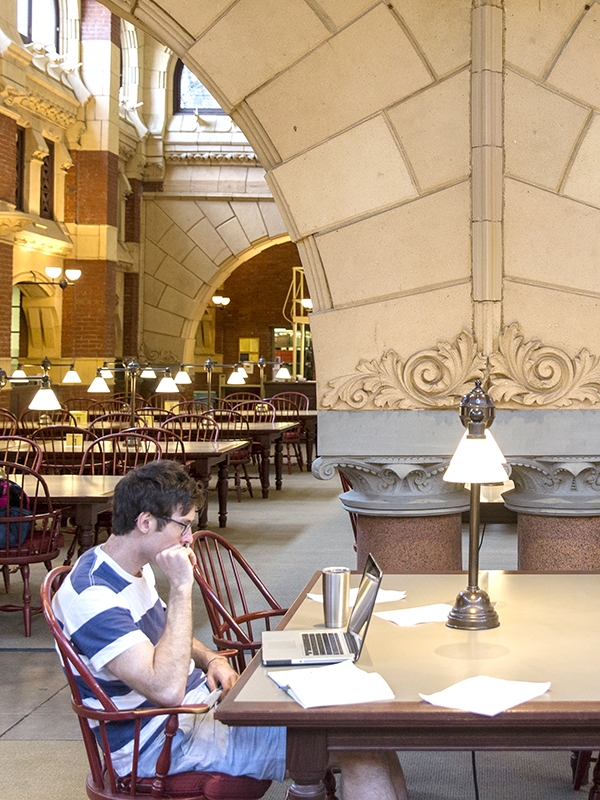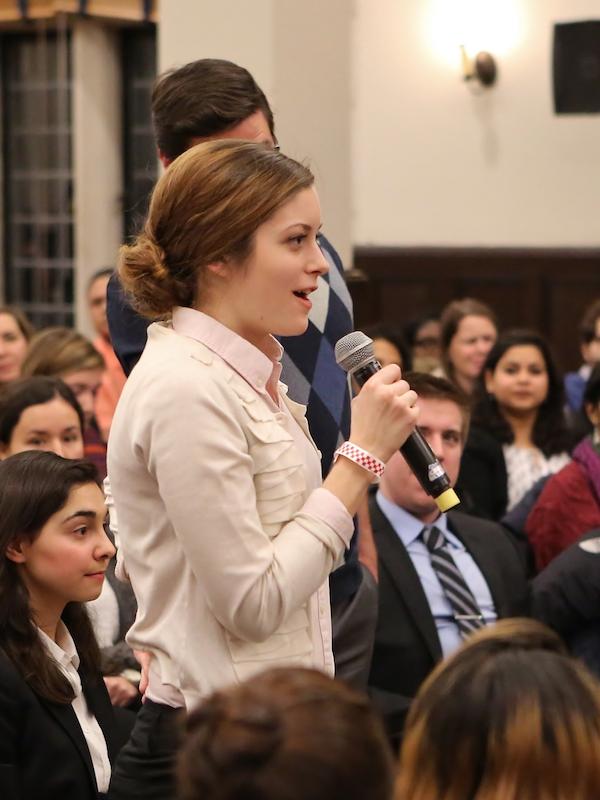Thinking Outside of the Box to Find Solutions
“We were taught to try to think outside of the box. What are the real solutions? How do we look at problem solving differently?”
by Lakshmi Gandhi
IEDP internship and his position with the Wharton Social Impact Initiative.
Photo by JPG Photography
Occasionally, students take an unconventional route for their internships. Nicholas Ashburn, GED’12, used the creative-thinking techniques of designers to look at education problems as an intern at IDEO.org. The nonprofit arm of IDEO, a San Francisco-based design and innovation firm, IDEO.org uses design principles to integrate human needs, technological capabilities, and business savvy into holistic solutions for global poverty. Ashburn worked on several education-related projects to reduce poverty, including e orts with an online community college in the United States and an initiative on clean toilets and other sanitation issues in Ghana.
One of the few who have completed IEDP internships in the United States, Ashburn says the skills he learned in the IEDP meshed nicely with the philosophy of IDEO.org. “A huge staple of the IEDP was that we were taught to try to think outside of the box,” he says. “What are the real solutions? How do we look at problem solving differently?”
After graduating, Ashburn moved to Austin, Texas, and decided to strike out on his own as an educational consultant. He quickly developed a wide variety of clients, working on projects ranging from sustainable architecture to entrepreneurial loans along the Texas-Mexico border.
Ashburn’s post-Penn journey came full circle in December, when he returned to the University to become the director of special projects for impact investing at The Wharton School. The position is part of the Wharton Social Impact Initiative, which uses business knowledge and practices to enhance the greater good, both locally and globally.
This article originally appeared in the Spring 2014 issue of The Penn GSE Magazine.




